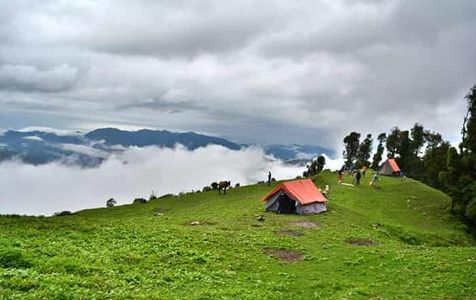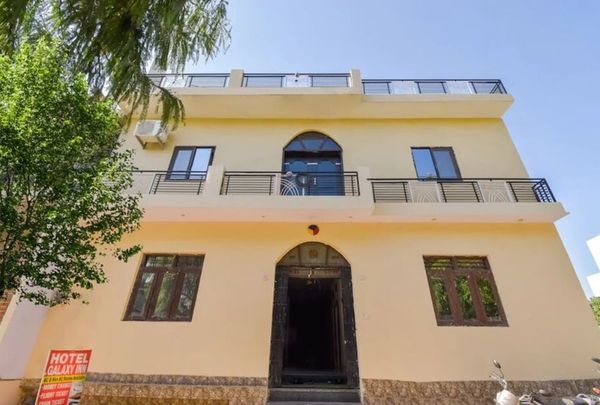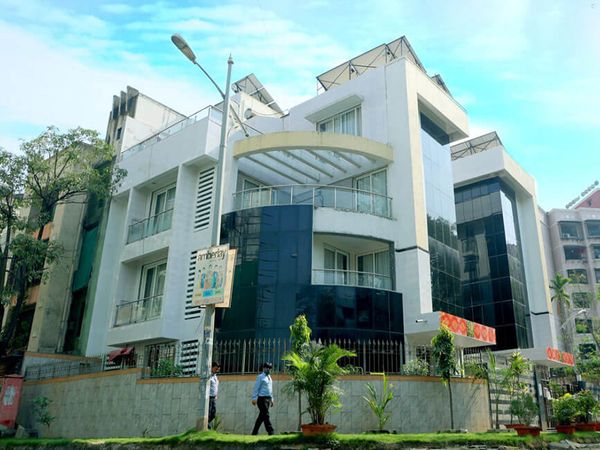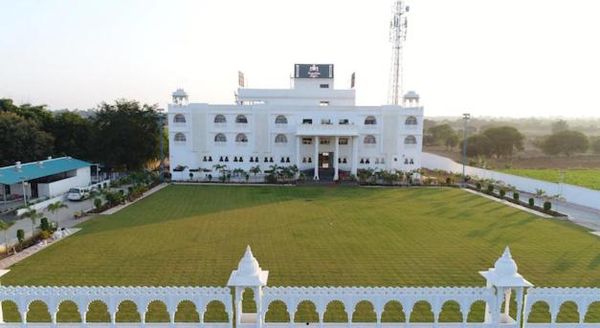Nag Tibba Trek: Explore the Highest Peak in the Lesser Himalayas
 Palakshi Meharwal
21 May, 2025
9 mins read
10
Palakshi Meharwal
21 May, 2025
9 mins read
10

Tucked away in the Garhwal region of Uttarakhand, the Nag Tibba Trek offers a captivating blend of scenic beauty, cultural richness, and moderate adventure. At an elevation of 3,022 meters (9,915 feet), Nag Tibba—literally translating to “Serpent’s Peakâ€â€”is the highest summit in the Lesser Himalayan range. Its name is steeped in mythology, believed to be the abode of Nag Devta, the Serpent God worshipped by locals.
For those seeking a relatively short yet rewarding Himalayan trek, Nag Tibba is ideal. Whether you're a beginner eager to get your first taste of high-altitude hiking or an experienced trekker looking for a quick escape, this trail delivers in more ways than one.
Why Choose Nag Tibba?
Accessibility is a key advantage. Unlike other Himalayan treks that require extensive travel and acclimatization, Nag Tibba can be reached with relative ease from cities like Dehradun and Mussoorie. The trailhead near Pantwari village is about 85 km from Dehradun, making it one of the most convenient high-altitude treks from Delhi-NCR.
The variety of landscapes is another major draw. Within two days, trekkers move through oak and rhododendron forests, alpine meadows, and snowy trails (during winter), offering a mini-Himalayan experience.
Trail Overview
The classic route starts from Pantwari village, a quaint settlement perched at 4,500 feet. The initial stretch of the trek is characterized by gentle slopes, terraced farms, and the distant hum of mountain life. As the altitude increases, the terrain becomes steeper and the forests denser, offering ample opportunities for birdwatching and photography.
A popular campsite en route is Nag Tibba Base Camp, set amidst dense oak woods and open grasslands. The serenity of the location and the panoramic sunset views over the Bandarpunch and Swargarohini peaks make for a memorable overnight stay.
The final stretch to the summit involves a short but steep climb through forested paths and patches of snow in winter. Upon reaching the top, trekkers are rewarded with 360-degree views of prominent Himalayan peaks like Kedarnath, Bandarpoonch, and Gangotri. The sight is particularly breathtaking at sunrise when the mountains light up in hues of gold and pink.
Best Time to Visit
One of Nag Tibba’s greatest assets is its year-round accessibility. Each season paints the trail in a unique palette:
- Spring (March to April): Wildflowers bloom across the hills, and the trail is lush and vibrant.
- Summer (May to June): Clear skies and moderate temperatures make for comfortable trekking.
- Autumn (September to November): Post-monsoon clarity offers some of the best mountain views.
- Winter (December to February): A blanket of snow transforms the trail into a white wonderland—perfect for those craving a snowy Himalayan experience without extreme altitude.
Difficulty Level and Fitness
Nag Tibba is often recommended for first-time trekkers due to its manageable distance and elevation. The entire round-trip trek is approximately 16 kilometers, typically completed over two days. That said, a basic level of fitness is necessary. Expect 5-6 hours of trekking per day with moderate ascents, especially on the final stretch to the summit.
Carrying essentials like proper trekking shoes, warm clothing, and sufficient hydration is crucial. It’s advisable to consult a trekking company or local guide, particularly during the winter season when snow can obscure the trail.
Culture and Local Interaction
Nag Tibba lies within a region rich in Garhwali culture. Along the way, visitors often interact with locals who share tales of the Serpent God and traditional mountain life. Temples dedicated to Nag Devta are common, and festivals celebrating him offer insights into the area's spiritual heritage.
For those staying longer, nearby villages such as Pantwari and Goat Village offer eco-stays and farm-to-table experiences, allowing for deeper engagement with the local lifestyle and sustainable tourism practices.
Planning Your Trek
Most travelers begin their journey from Dehradun, which is well-connected by rail, road, and air. From there, it’s a 3-4 hour drive to Pantwari. You can hire a local taxi or arrange transport through your trekking organizer.
Packing Essentials:
- Sturdy trekking boots
- Thermal innerwear and outer layers (especially for winter)
- Rain gear (during monsoons)
- First-aid kit and personal medication
- Energy bars and water bottles
- Camera and binoculars (optional, but worth it!)
Many trekking agencies provide tents, sleeping bags, and food during the trek. Solo or DIY trekkers should ensure they carry appropriate camping gear and navigation tools.
Environmental Responsibility
The increasing popularity of Nag Tibba has raised concerns about environmental impact. Trekkers are urged to follow Leave No Trace principles, which include:
- Carrying all non-biodegradable waste back
- Avoiding single-use plastics
- Respecting local customs and wildlife
- Staying on designated trails
Local authorities and NGOs are working to promote sustainable trekking practices in the region, and trekkers play a crucial role in preserving the natural beauty of the trail.
Final Thoughts
The Nag Tibba Trek may not boast the extreme altitudes or challenging passes of some other Himalayan routes, but what it offers is a rich, immersive experience wrapped in natural beauty and cultural charm. It’s a journey that captivates the soul—whether you're standing under a star-lit sky at base camp or watching the sunrise from the summit with peaks towering in the distance.
For anyone looking to take their first steps into the world of Himalayan trekking or seeking a peaceful weekend in nature, Nag Tibba is more than just a trail—it’s a story waiting to be lived.
Written By:
Palakshi Meharwal



Hotels at your convenience
Now choose your stay according to your preference. From finding a place for your dream destination or a mere weekend getaway to business accommodations or brief stay, we have got you covered. Explore hotels as per your mood.


